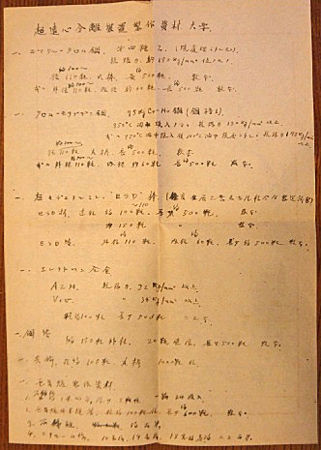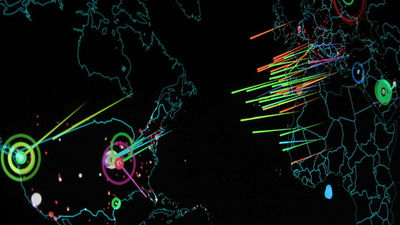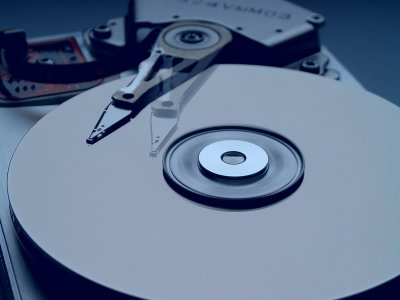New evidence found shows Japan was developing an atomic bomb at the end of World War II

In August 1945, atomic bombs were dropped on Hiroshima and Nagasaki in Japan. As the only country to have ever suffered an atomic bomb attack in war, Japan upholds the ' Three Non-Nuclear Principles ' as its national policy. However, new documents have been discovered that prove that the military was secretly developing an atomic bomb at the end of World War II.
Japanese military atomic bomb development documents discovered at Kyoto University, escaped GHQ seizure: Kyoto Shimbun
http://www.kyoto-np.co.jp/top/article/20150625000018

New evidence of Japan's effort to build atom bomb at the end of WWII - LA Times
http://www.latimes.com/world/asia/la-fg-japan-bomb-20150805-story.html
The newly discovered documents were related to the development of a centrifuge for enriching uranium, and were kept at the Kyoto University Radioisotope Center. They documented the development work carried out in the laboratory of Professor Arakatsu Bunsaku of Kyoto Imperial University (now Kyoto University), who was asked by the Imperial Japanese Navy to develop an atomic bomb during the Pacific War. Three research notebooks and related materials were found.
After the war, all of Kyoto Imperial University's atomic bomb development materials were confiscated by the General Headquarters of the Allied Powers (GHQ), and most of the details remain unknown because they were classified as secret in the U.S. However, the discovery of some of the materials that had not been confiscated this time will be a valuable discovery in examining the history of science and technology in Japan at that time, reports the Kyoto Shimbun.
The discovered research notebook is signed by Shimizu Sakae, professor emeritus at Kyoto University, who was a lecturer in Professor Arakatsu Bunsaku's laboratory during the war, and is believed to have been written towards the end of the war, around October to November 1944. The date is unclear because the dates are written in the Imperial calendar.
The notebook contains data and figures on the centrifuges needed to enrich uranium, which is essential for the development of atomic bombs, and also includes photographs of related papers from overseas. The notebook also contains a page listing the materials needed to actually build a centrifuge, with the materials list including the names of the materials needed, such as 'super duralumin,' as well as their diameters and lengths.

Approximately one month after the discovery of the atomic bomb development documents that had escaped confiscation by GHQ, centrifuge design drawings were also discovered in another location.
New drawings of uranium enrichment equipment at Kyoto University during wartime in atomic bomb research show 'Completed August 19, 1945' (page 1/2) - Sankei News
http://www.sankei.com/life/news/150726/lif1507260018-n1.html

What was discovered were two drawings: a centrifuge design drawing that appears to have been designed by Professor Arakatsu Bunsaku's laboratory, and a drawing by Tokyo Keiki Seisakusho (now Tokyo Keiki), which was commissioned to design the centrifuge. Professor Emeritus Masaike Akira of Kyoto University, who is researching the history of nuclear physics, apparently discovered them among the belongings of Professor Shimizu Sakae.
The design drawings by Professor Arakatsu Bunsaku's laboratory were created in March 1945 and are labeled 'Air Turbine Ultracentrifuge.' Tokyo Keiki's drawings state 'Completed August 19, 1945,' suggesting that the machine was expected to be completed just a few days after the atomic bombs were dropped on Japan on August 6 and 9. However, it is said that the centrifuges that the company had manufactured were lost during air raids.
The atomic bomb development commissioned by the Imperial Japanese Navy was called 'F Research,' an abbreviation for 'fission,' and is said to have begun in 1943, toward the end of the war.
Related Posts:
in Note, , Posted by logu_ii






